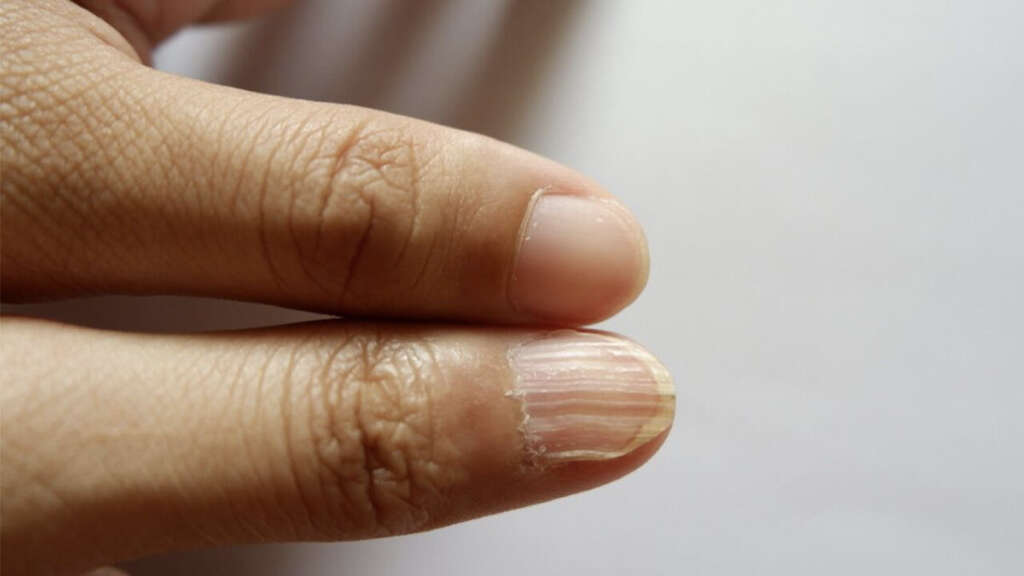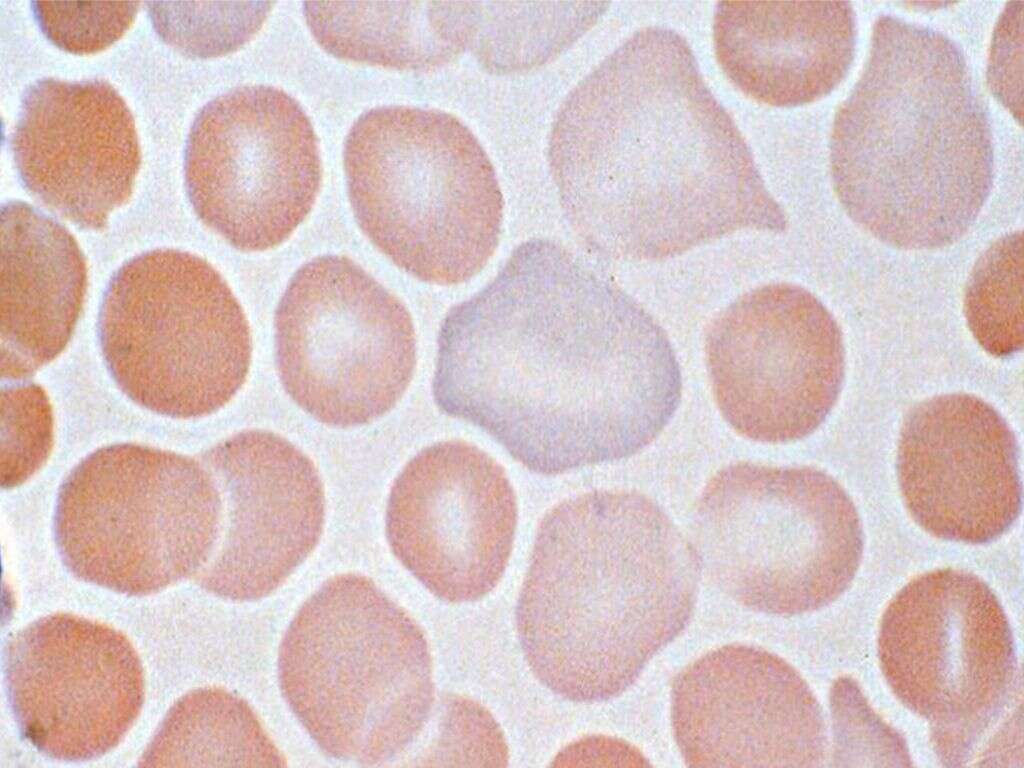What Is Pernicious Anemia?
9. Diagnosis
To make a diagnosis, your doctor is likely to perform a physical exam and ask you a few questions. The questions will include matters like your diet, what medications are you taking, your medical conditions or your first-degree relatives’, past surgeries, etc. Blood tests will probably be necessary as well. These will be able to inform the doctor on whether there is enough oxygen-carrying hemoglobin in your body, among other things.
A peripheral blood smear is requested to observe the physical characteristics of several cells, given that, for example, immature red blood cells that can’t synthesize genetic material adequately (due to lack of vitamin B-12) will become larger than their normal size (macrocytic). Also, bilirubin (indirect), and lactate dehydrogenase tests can be requested. Most importantly, cobalamin (vitamin B-12) levels in the bloodstream can be measured in assays. Finally, the presence of intrinsic factor antibodies can also be tested, given that they are specific for this disorder. However, IF antibodies occur in only half of the patients with pernicious anemia. With the right information at hand, they can then determine what the problem is and arrange for appropriate treatment.
Advertisement












